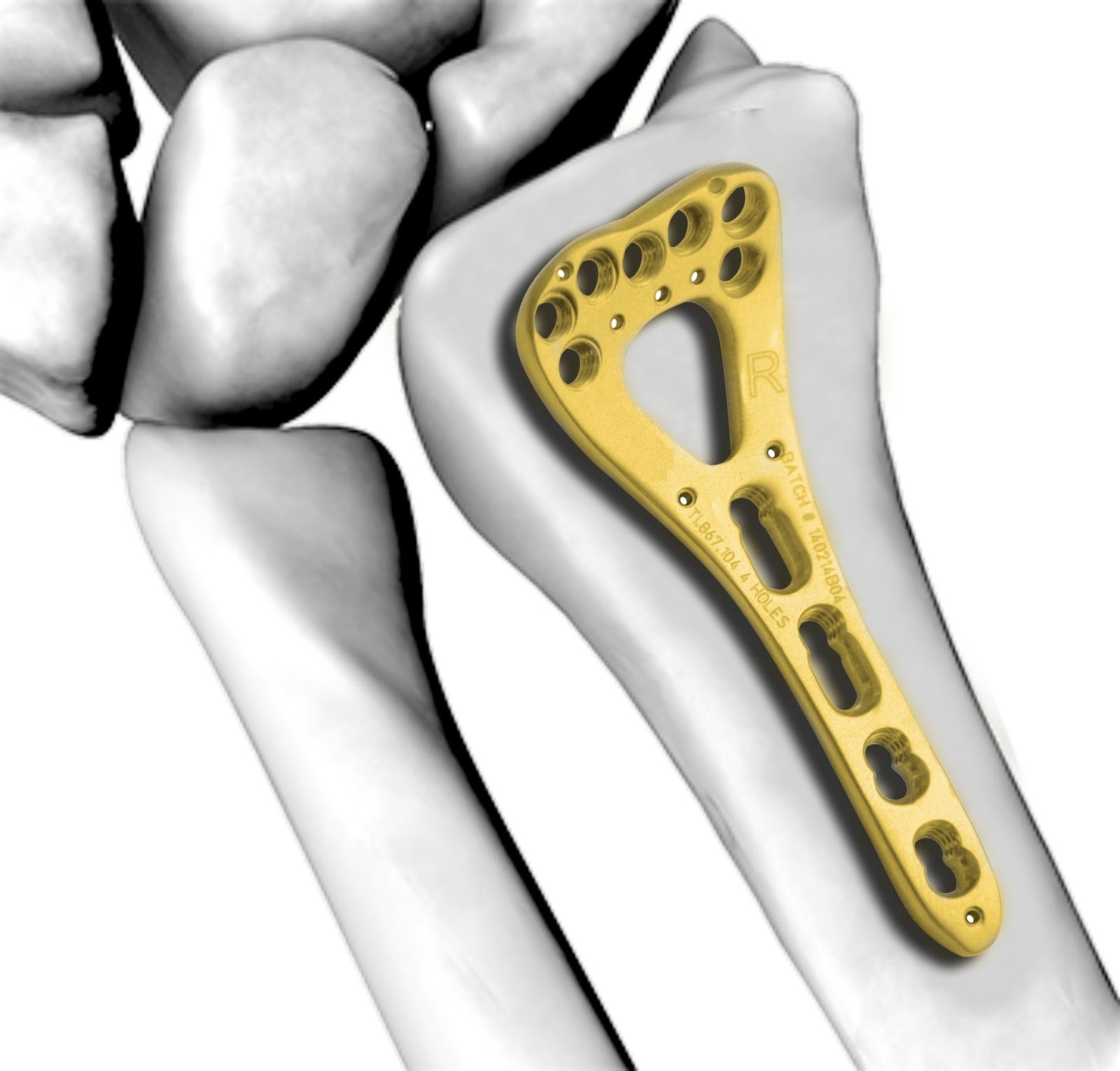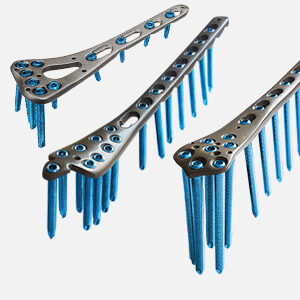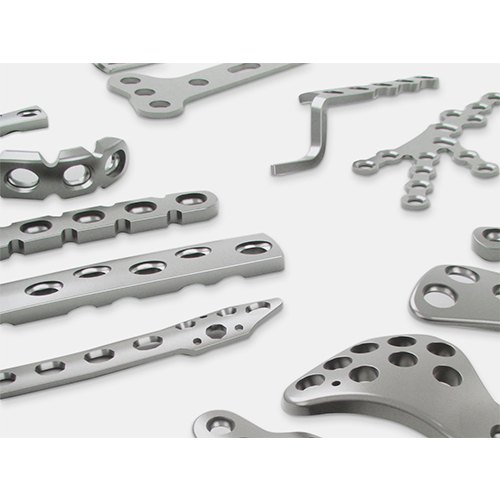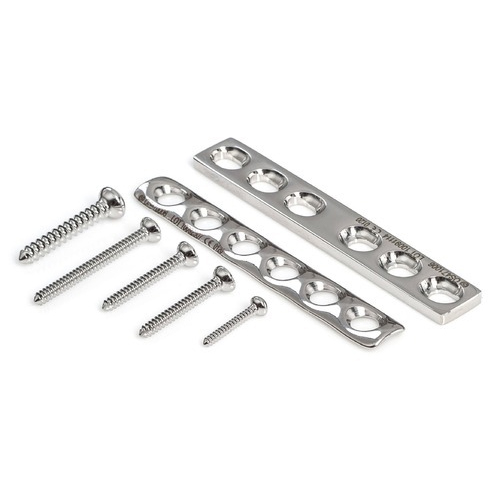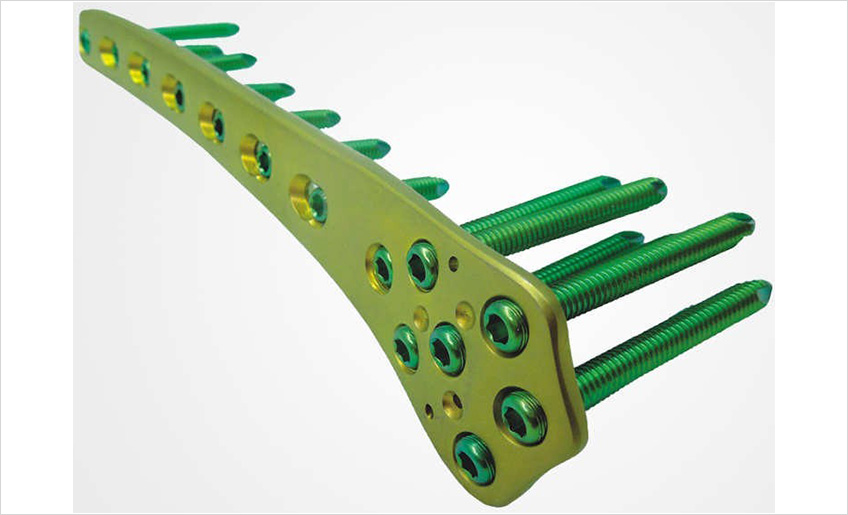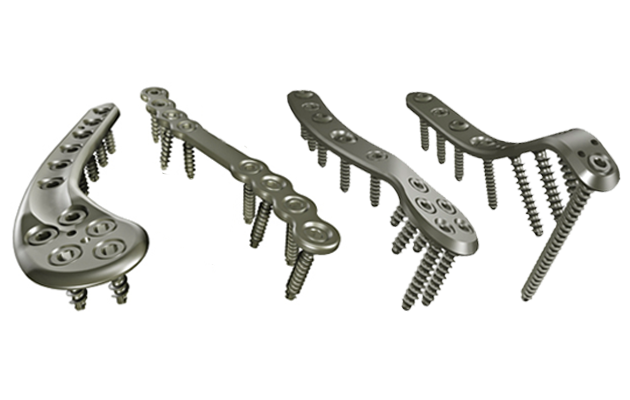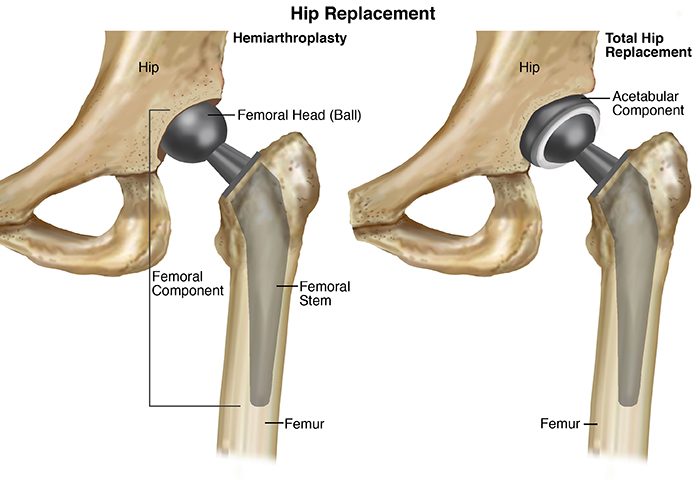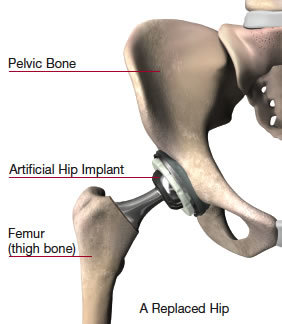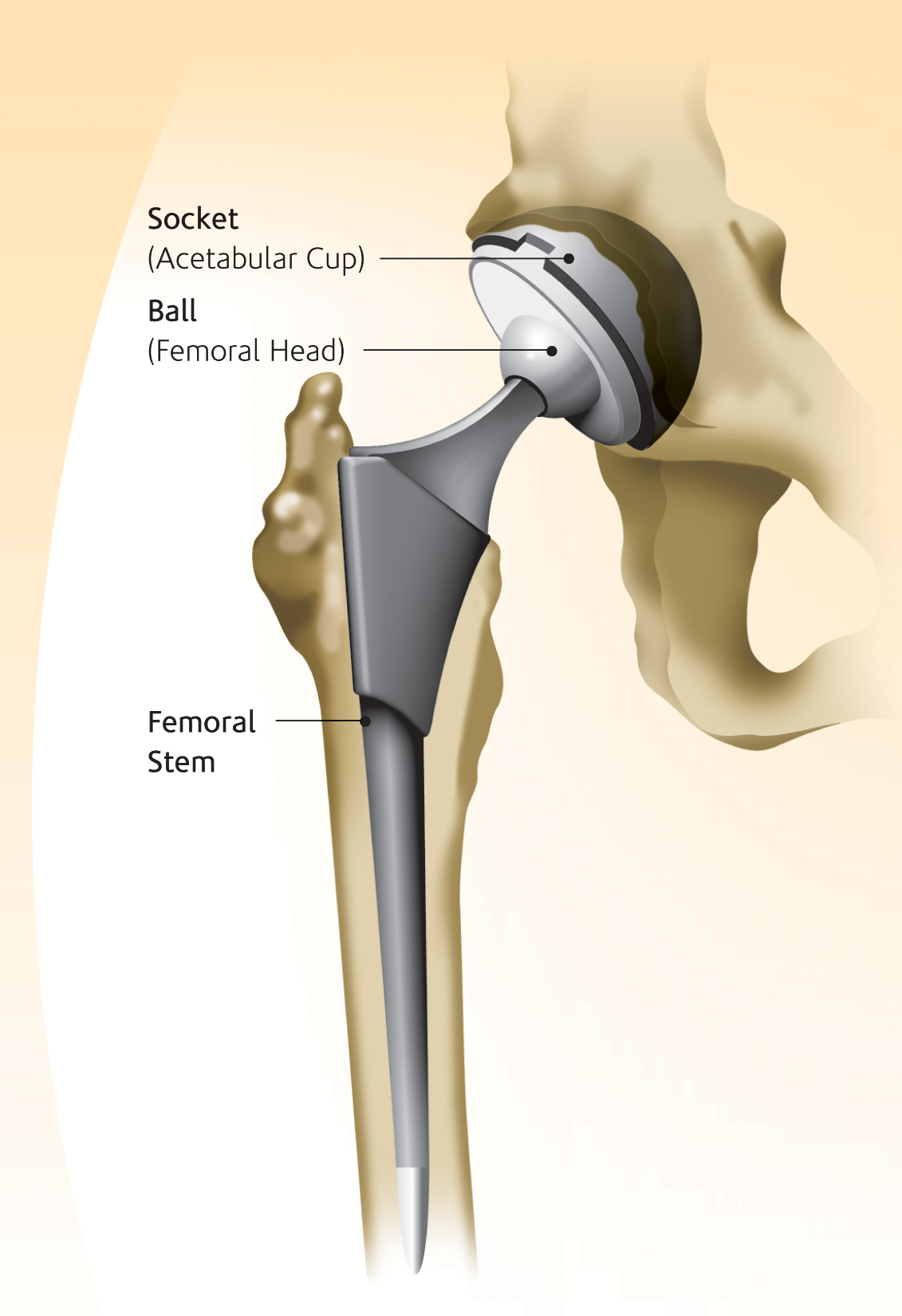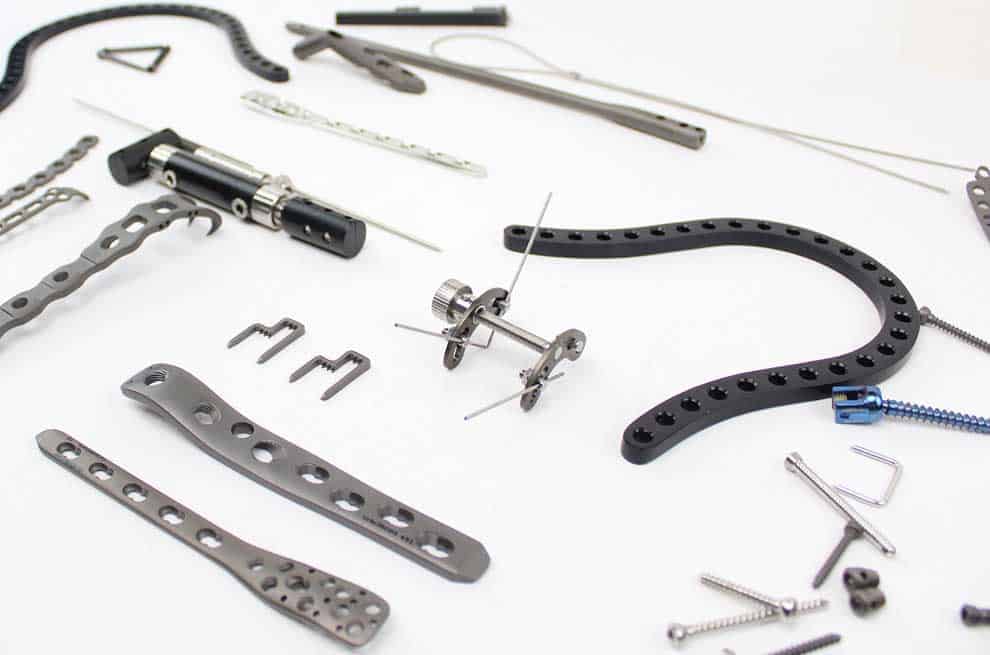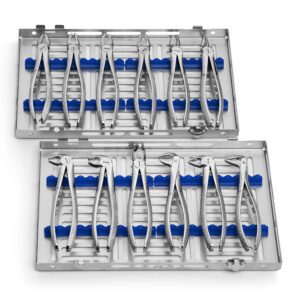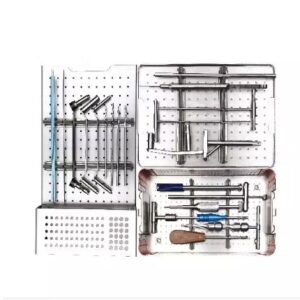Description
While orthopedists don’t create life, they do try to do the whole thing they can to improve our quality of life, which not only can add meaning to our lives but however, lets us live without the ache and struggle that chronic pain or injury can deliver. And that’s where orthopedic implants come in. Implants are used as replacements of body elements, and extra often than not, the consequences are lifestyles-altering.
The three most common forms of orthopedic implants are screws, plates, and prostheses, and you can ensure that once your hardware is in place, you’ll sense like your orthopedist has introduced you again to lifestyles!
Screws:
Looking almost the same as the screws you might discover at a hardware shop, orthopedic screws will have both a flat or Phillip’s head and are used to tighten up damaged regions, including a torn labrum or rotator cuff. Anticipate your orthopedist to use screws to restore fractured bone or repair stability in a weak place, and do no longer expect to have them removed. Typically, your screws are there to stay.
Plates:
Orthopedic plates were first used to restore lengthy bone fractures in 1886 – greater than 50 years after Mary Shelley wrote Frankenstein. Perhaps those medical doctors had been stimulated by way of this horror masterpiece? It is doubtful, due to the fact plates had been then and continue to be the most successful remedy for fractures, reconstruction, and stability. There are five primary kinds of plates:
- Buttress plates are used to hold together fractures on the end of long bones, in particular, at the knee and ankle, where the fracture site experiences large compressive and different distorting forces. These plates are contoured in an effort to flow with the body, but, some can be I or T-shaped.
- Neutralization plates aren’t a specific plate, however, alternatively, a class of plates that work to span the fractured place, balancing the burden so that screws or other devices can secure and stabilize the region.
- Bridging plates are used to stabilize the region at the same time as presenting length and alignment. Additionally, bridging plates promote secondary bone recovery due to the fact they keep the blood supply to the fracture fragments by using no longer disrupting the damaged vicinity.
- Tension plates generally are wires used to comfy a place as it heals.
- Compression plates are steel plates used to restore a bone by using dynamic stress between bone fragments to promote healing.
Prostheses:
Orthopedists use a variety of orthopedic prosthetic implants to update missing joints or bones or to provide aid to a broken bone. Most commonly, orthopedists use prostheses for knees and hips, permitting the sufferers to regain the complete range of movement, ache-unfastened, in an exceptionally short quantity of time. In a few instances, the prosthetic fabric can be combined with a healthy bone to replace diseased or damaged bone, or prostheses can update positive components of a joint bone absolutely.
Orthopedic implants are medical devices used to replace or support damaged bones, joints, or other skeletal components. They are critical in treating various musculoskeletal conditions, injuries, and deformities. Below are the main categories of orthopedic implants and their typical usages:
Categories & Usges of Orthopedic Implants:
- Joint Replacement Implants:
- Hip Implants: Used in total hip replacement surgeries to replace the damaged hip joint with a prosthetic implant. Common in treating osteoarthritis, hip fractures, and avascular necrosis.
- Knee Implants: Utilized in total or partial knee replacement procedures to replace worn-out or damaged knee joints. Effective for severe arthritis and knee injuries.
- Shoulder Implants: Applied in shoulder arthroplasty to replace or repair the shoulder joint, commonly due to arthritis or severe fractures.
- Elbow, Ankle, and Wrist Implants: These are less common but are used for joint replacement surgeries in these specific areas, usually due to arthritis or trauma.
- Trauma Implants:
- Bone Plates and Screws: Metal plates and screws are used to stabilize and hold fractured bones in place while they heal. They are commonly used in fractures of the long bones, such as the femur, tibia, and humerus.
- Intramedullary Nails (IM Nails): These are inserted into the marrow cavity of long bones to treat fractures, especially in the femur and tibia. They offer stability and alignment during the healing process.
- Wires and Pins: These are often used for fractures that are small or in areas with less load-bearing, such as fractures of the fingers or wrists.
- Spinal Implants:
- Pedicle Screws and Rods: These are used in spinal fusion surgeries to provide stability and support to the spine, often in cases of spinal deformities, fractures, or degenerative diseases.
- Cages and Discs: Used in spinal fusion to replace damaged intervertebral discs or to maintain space between vertebrae after disc removal.
- Plates: Spinal plates are used to provide additional support and stability to the spine, particularly in the cervical and lumbar regions.
- Orthobiologics:
- Bone Grafts: These are used to promote bone healing and regeneration in areas where bone has been lost or damaged, often in combination with other implants.
- Biocompatible Coatings: Coatings on implants that promote bone growth and integration with the implant, such as hydroxyapatite coatings.
- Small Joint Implants:
- Finger and Toe Implants: Used in joint replacement surgeries for smaller joints, particularly in cases of severe arthritis or traumatic injury.
- Custom Orthopedic Implants:
- Patient-Specific Implants: Tailored to the patient’s anatomy, these implants are often used in complex cases where standard implants are insufficient. These can include custom plates, joint replacements, or even 3D-printed implants.
Usages of Orthopedic Implants:
- Fracture Fixation:
- Stabilizing broken bones to ensure proper alignment and healing.
- Commonly used in both minor fractures and complex, multi-fragmentary fractures.
- Joint Replacement:
- Replacing worn-out or damaged joints due to arthritis, trauma, or congenital deformities.
- Enhances mobility and reduces pain in patients with severe joint conditions.
- Spinal Stabilization:
- Treating conditions like scoliosis, spinal fractures, degenerative disc disease, and spondylolisthesis.
- Provides support to the spine and helps in restoring normal spinal alignment.
- Correcting Deformities:
- Used in procedures to correct skeletal deformities, such as bow legs, knock knees, or congenital hip dysplasia.
- Ensures proper alignment and function of bones and joints.
- Bone Reconstruction:
- In cases of bone loss due to trauma, tumor resection, or congenital defects, implants are used in conjunction with bone grafts to reconstruct the skeletal structure.
- Enhancing Bone Healing:
- Implants like bone grafts and biocompatible coatings promote natural bone growth and healing in damaged areas.
- Sports Injuries:
- Repairing and stabilizing injuries common in athletes, such as ligament tears, joint dislocations, and fractures.
Orthopedic implants play a vital role in modern medicine by improving the quality of life for patients suffering from musculoskeletal conditions. The choice of implant depends on the specific medical condition, the patient’s anatomy, and the surgeon’s preference.
Orthopedic Implants, Orthopedic Devices, and Bone Plates and Screws should be prominently featured, as these terms directly target the core offerings of your business. Expanding on this, integrating terms like Joint Replacement Implants, Trauma Implants, Spinal Implants, Hip Replacement Implants, and Knee Replacement Implants will help capture a broader audience searching for specific types of orthopedic solutions. Additionally, emphasizing your role as an Orthopedic Implant Manufacturer and provider of Orthopedic Surgery Instruments can solidify your authority in the industry. High-Quality Orthopedic Implants Supplier, Custom Orthopedic Implants for Surgeons, and Affordable Orthopedic Implants can attract targeted traffic from potential clients seeking specialized or cost-effective solutions. Highlighting your reputation with phrases like Best Orthopedic Implants for Joint Replacement, Orthopedic Implants for Fracture Fixation, and Top Orthopedic Implant Manufacturers will help establish trust and credibility. Moreover, incorporating keywords like Innovative Orthopedic Implant Solutions, Orthopedic Implants for Spine Surgery, Reliable Trauma Implant Suppliers, and Orthopedic Implant Exporter Worldwide can position your brand as a global leader in the industry. Surgical Orthopedic Instruments, Orthopedic Implant Kits, Metallic Bone Fixation Devices, Orthopedic Implant Technology, and Medical Grade Orthopedic Implants

